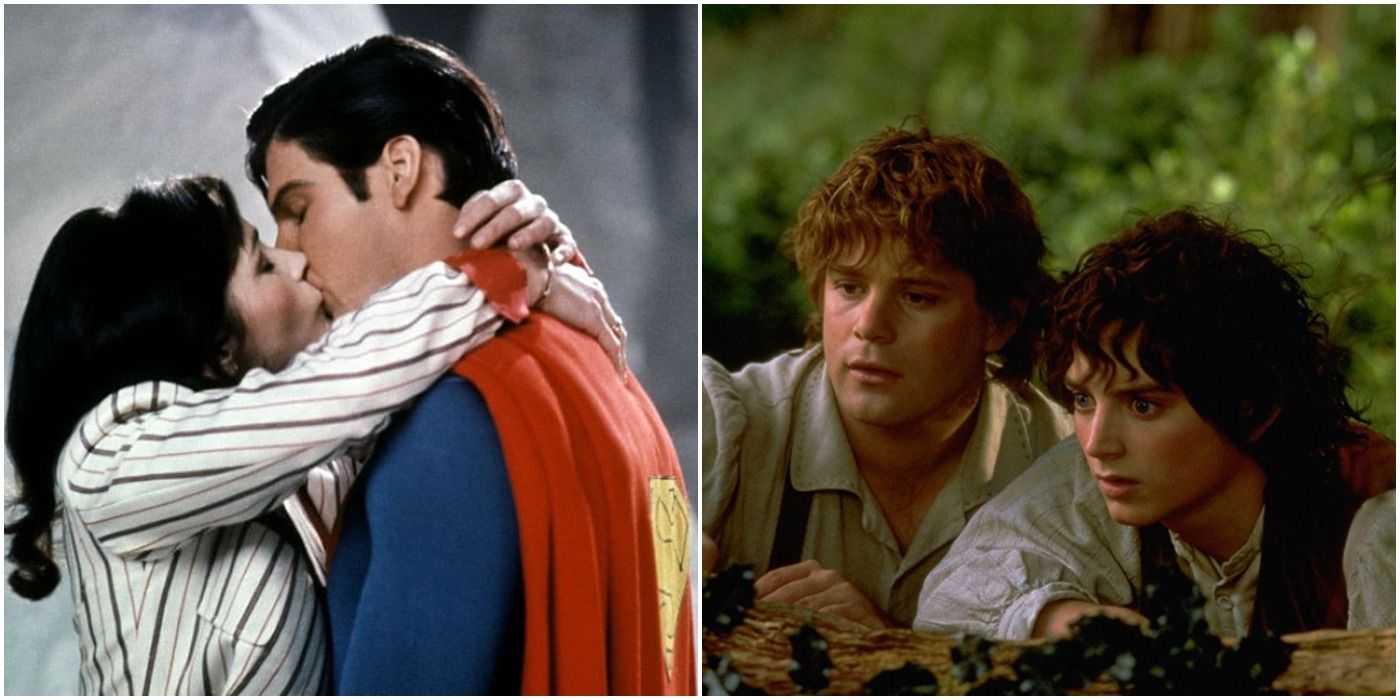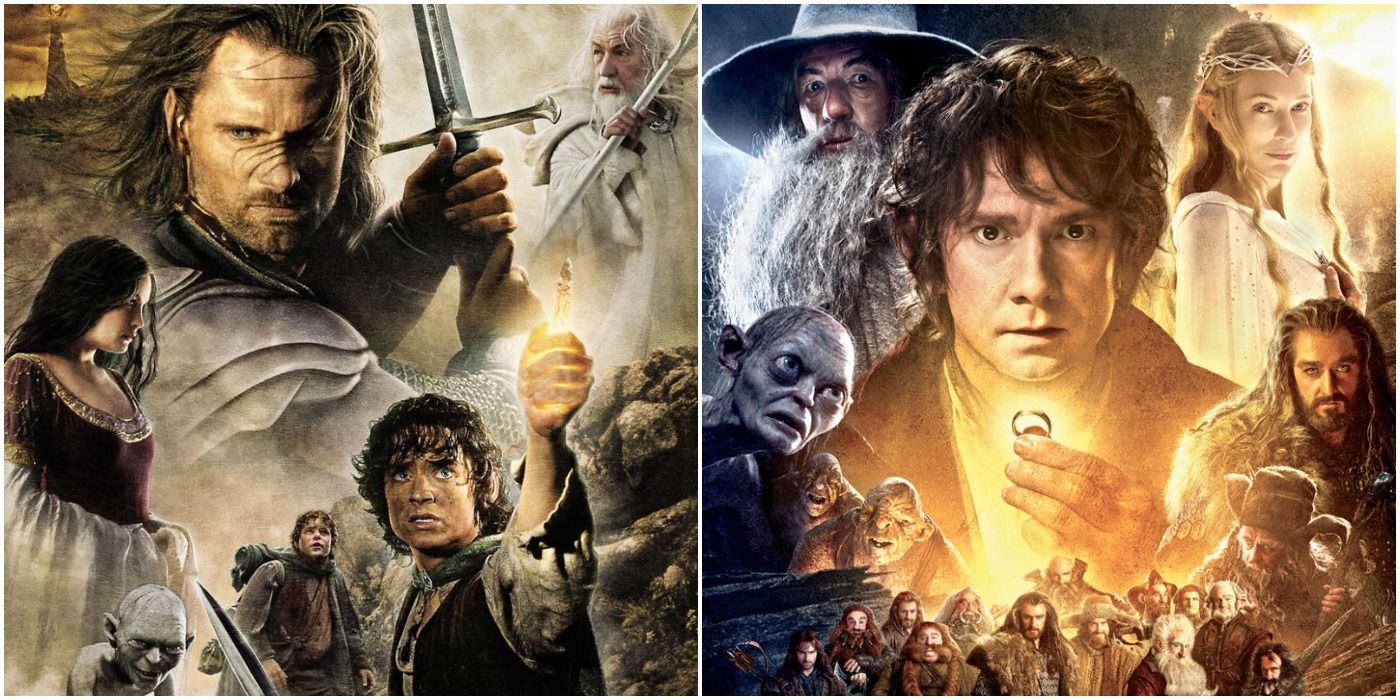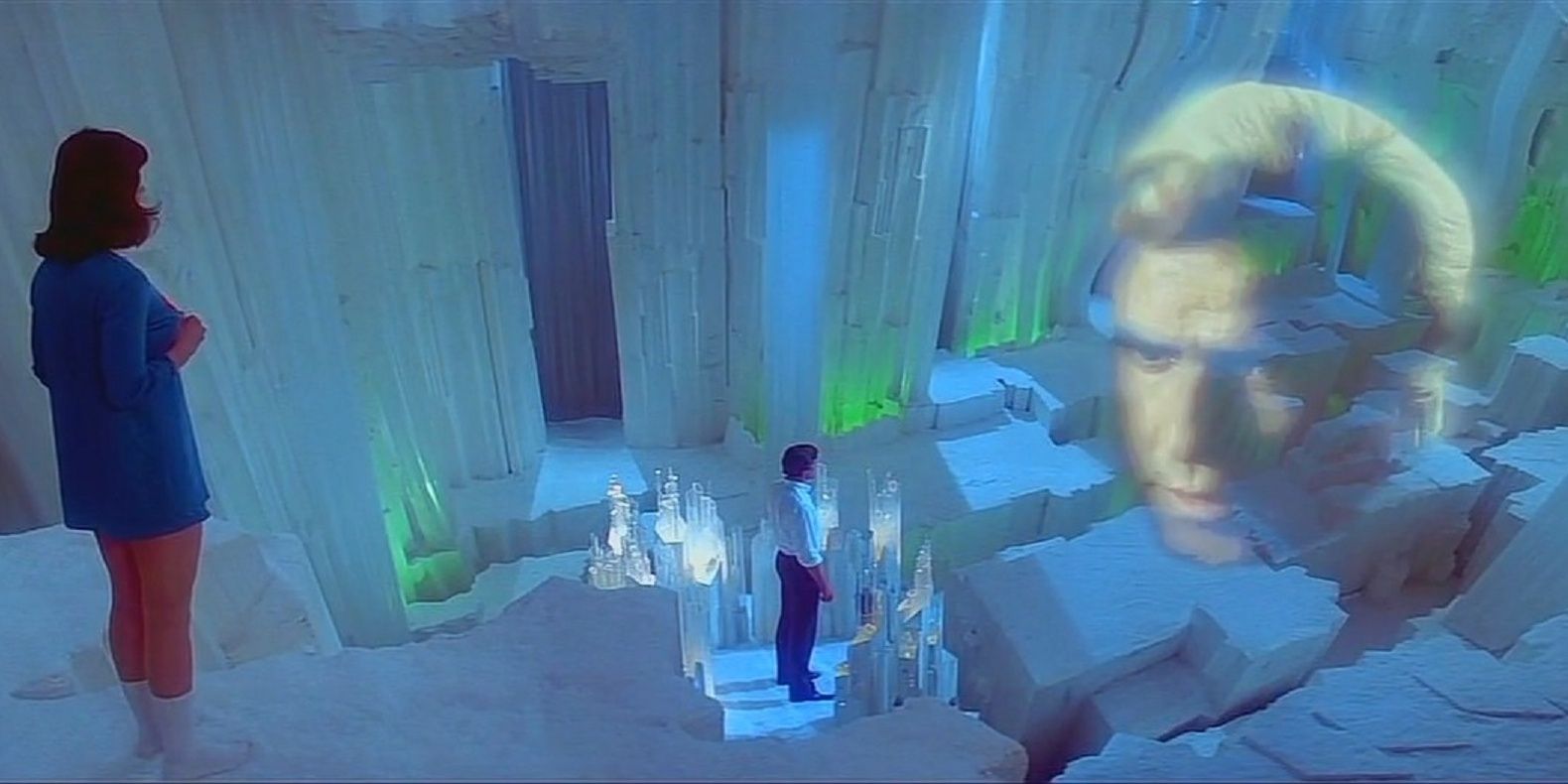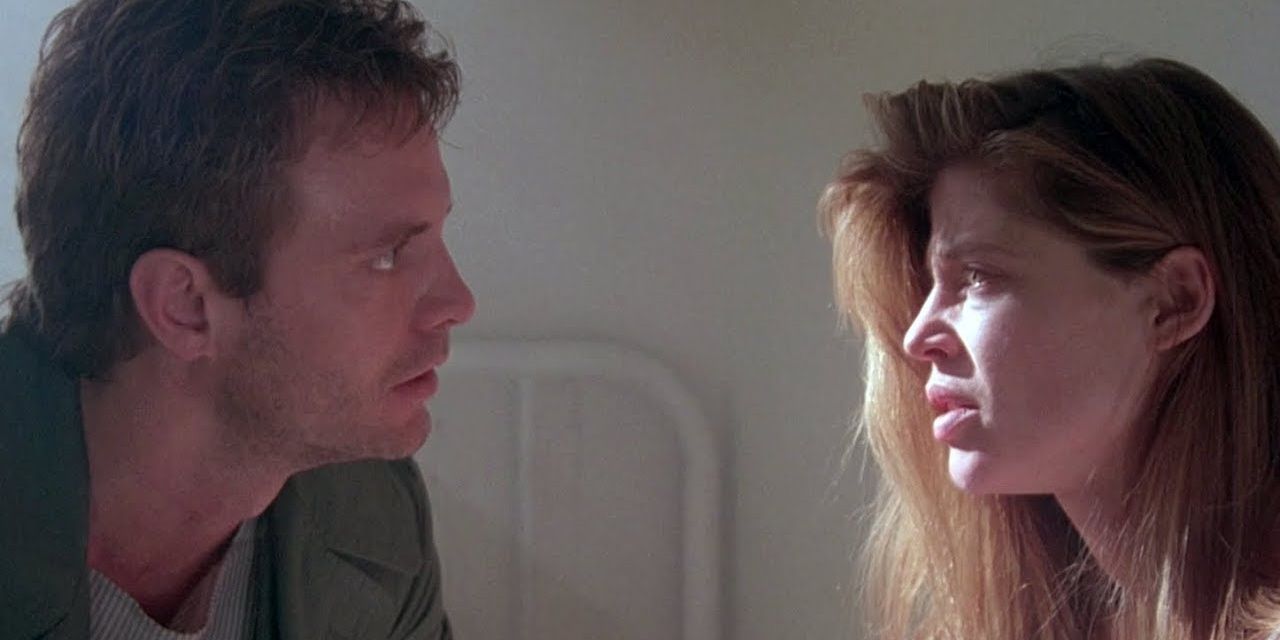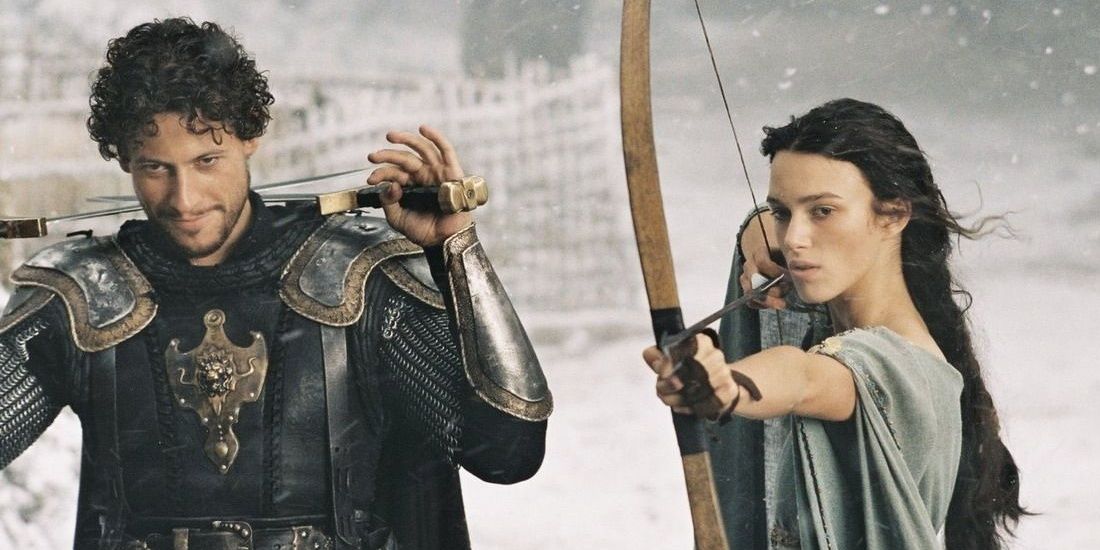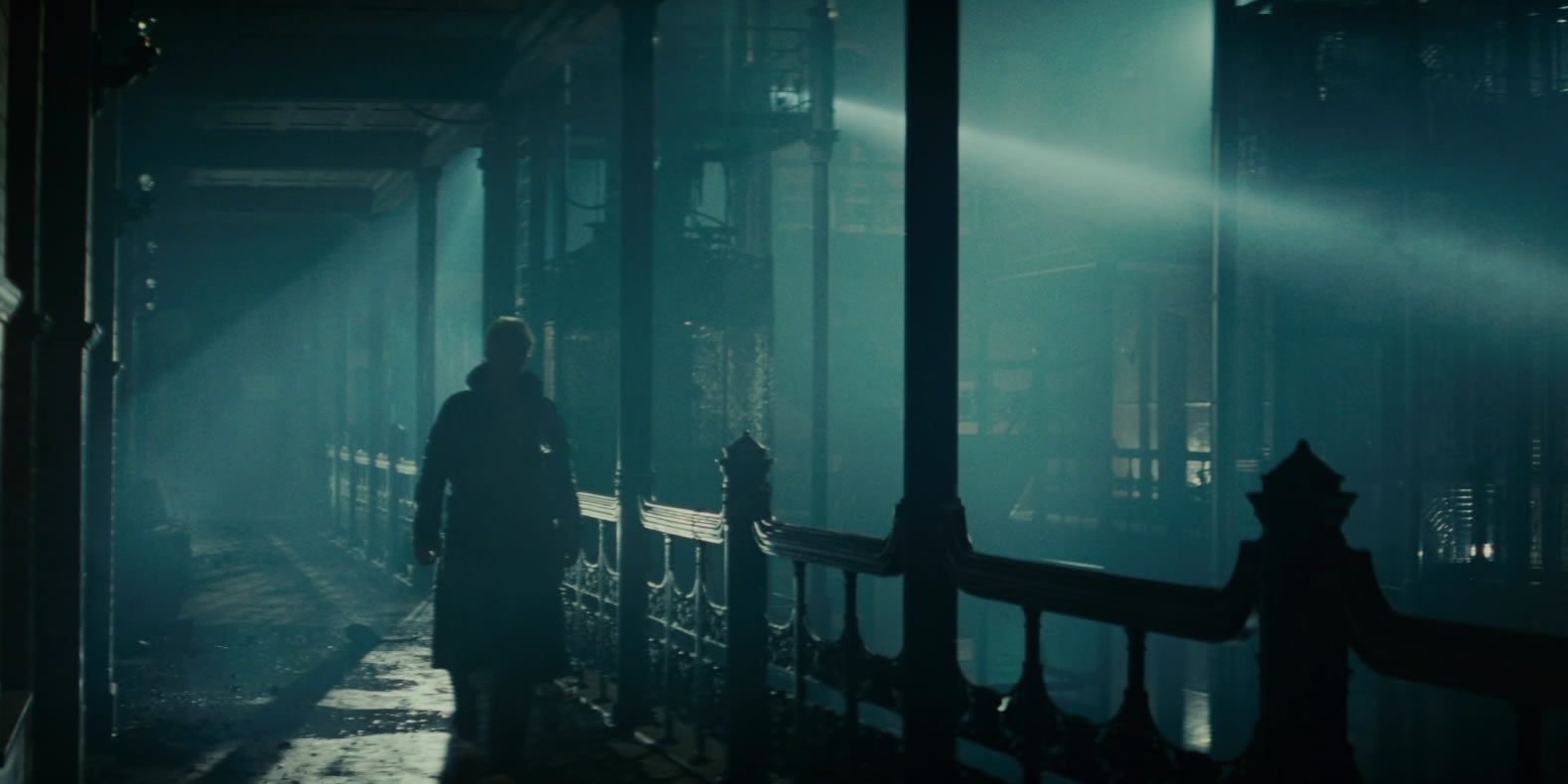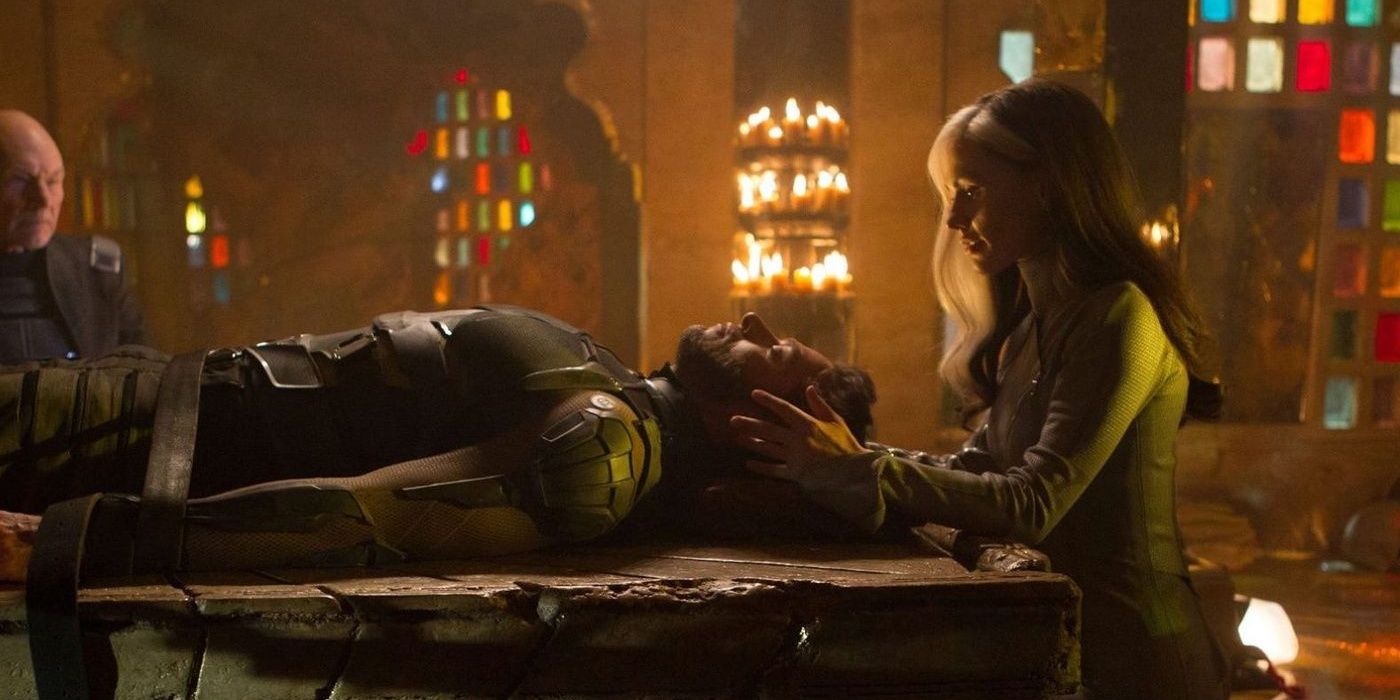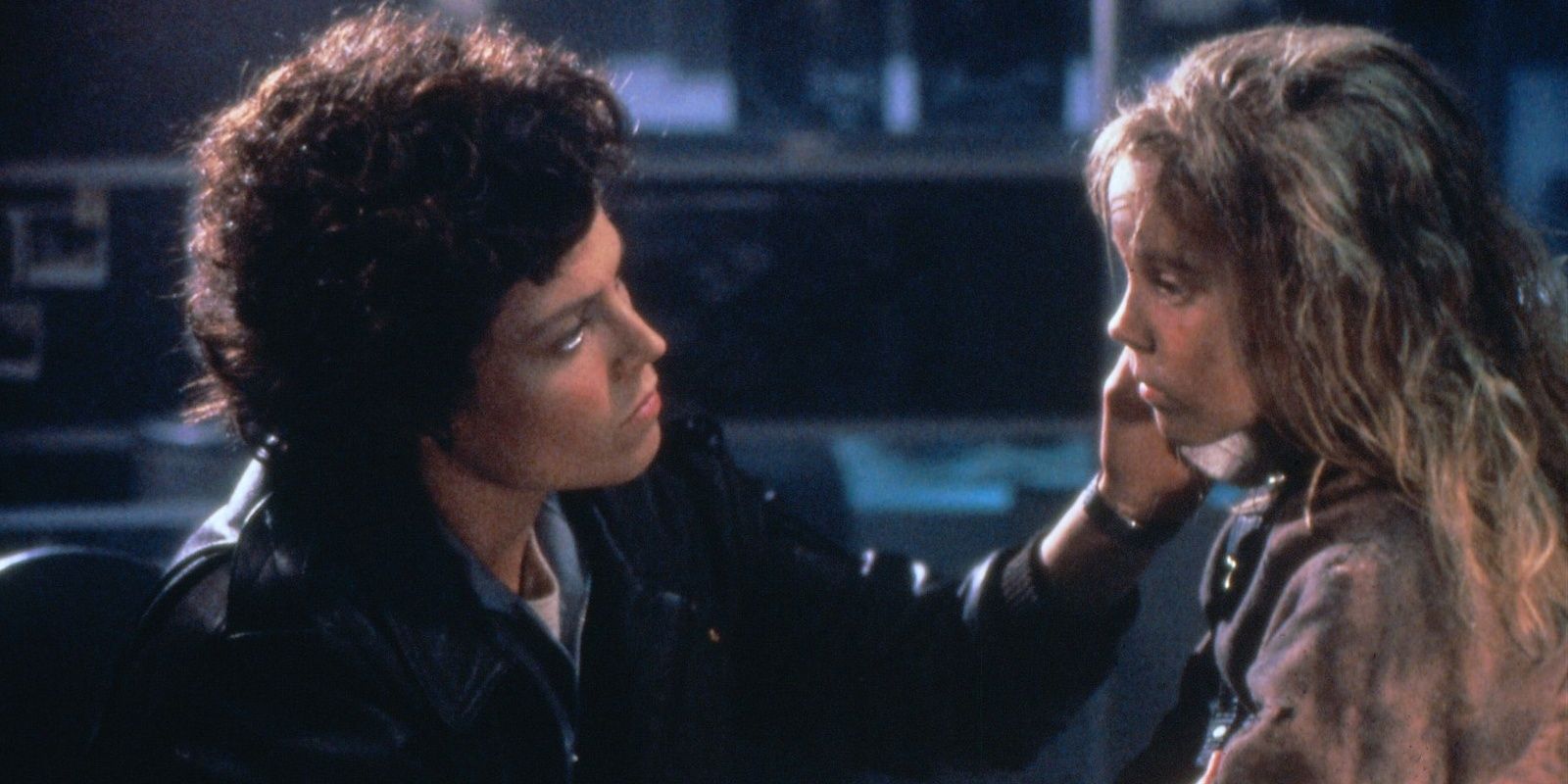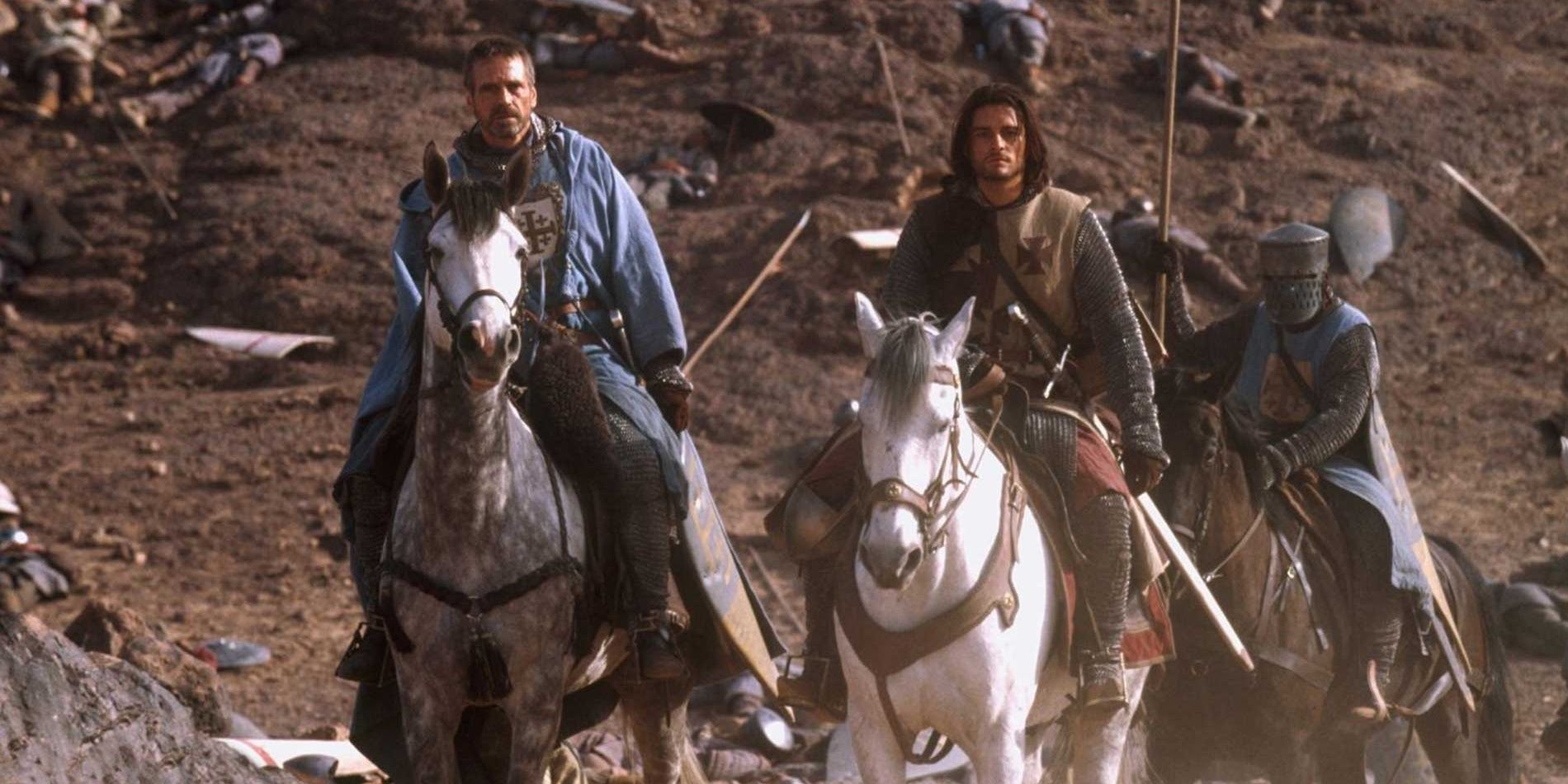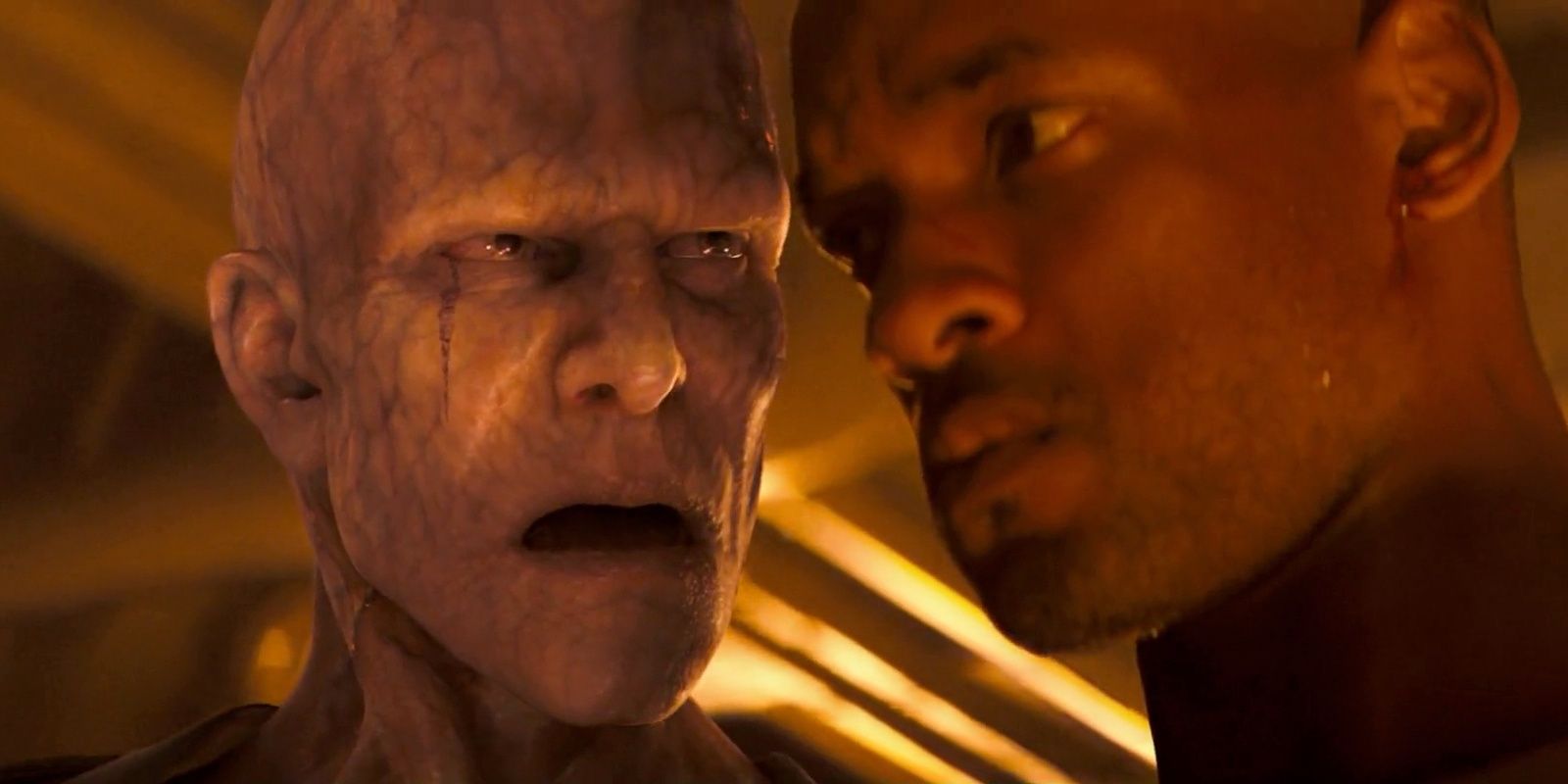When a movie is released to theaters, it's meant to be the final version. It's what the creators and studios ship off for consumption, and it's what they expect audiences to pay for. Sadly, that's not always the case. Whether it be due to studio meddling or lapses in creator judgment, sometimes the released film is not what the cast and crew set out to make. For a recent example, it's what many people say happened with Justice League once director Zack Snyder was replaced by Joss Whedon.
This is where the concept of a "director's cut" comes in. These alternate home releases are a second chance for filmmakers to hit the mark. Here, they can re-edit scenes and incorporate unused footage to create a new experience for those willing to stick around. These director's cuts or extended versions sometimes change the film for the better, and a number of projects have benefitted from this approach.
10 The Lord Of The Rings/The Hobbit
These fantasy epics are already gargantuan in length, with each one sitting in the ballpark of three hours. Add more screen time on top of that, and you approach miniseries territory.
However, the Extended Editions of both the Lord of the Rings and Hobbit trilogies are ultimately the more fulfilling renditions, especially for fans of J.R.R. Tolkien's books. The extra material helps to flesh out key elements and deepen the world of Middle-earth. Above all, they let the films get closer to Tolkien, including songs, characters, and sequences essential to the spirit of each tale. Tom Bombadil still doesn't show up, but they do give some of his lines to Treebeard.
9 Star Trek II: The Wrath Of Khan
Star Trek II: The Wrath Of Khan's quality speaks for itself, as it's one of the finest hours of the thoughtful sci-fi franchise. As such, the Director's Cut mostly limited itself to small fixes. That may sound insignificant, but it's often the little things that count the most.
In addition to adjusting certain scenes and altering the odd line, this version affords more screen time to some parties in order to give them a stronger presence in the plot. These all serve to make the film more purposeful. In a story about reconciling with the past and boldly going into a brighter future, that couldn't be more appropriate.
8 Superman II
Although the first Superman film was a triumph, redefining what comic book films could be and showing the dramatic potential of the genre, Warner Bros. fired director Richard Donner in the middle of the sequel's production. They then replaced him with Richard Lester, who reshot much of the movie to be more cartoonish.
Decades later, devoted fans sifted through old film reels and worked with Donner to restore what was lost. The Richard Donner Cut is far better directed, with the atmospheric lighting and angles making for a more cinematic presentation. It also ditches much of the stupid comedy. Instead, it restores the reverent vision of verisimilitude that the creators strove for from the beginning.
7 Terminator 2: Judgment Day
This cut pleases on two fronts. First, it further fleshes out the finer points of Terminator 2: Judgment Day. Showing John Connor and his mother Sarah resetting the Terminator's CPU not only gives viewers a glimpse into the inner working of the killing machine, but John preventing Sarah from destroying it affirms his personal connection with his friend. It also allows him to take the first step toward leadership.
That leads to the second strength of this version: it gives the characters more agency. There is "no fate but what we make." Giving Sarah the vision of Kyle Reese, her protector from the first film, may seem like pandering, but it illustrates an important turning point. How fitting that the man who opened her eyes to this horrible future would be the one to renew her drive to fight it. Plus, the robot's silly smile is priceless. Too bad Terminator Genisys ran it into the ground.
6 King Arthur
Antoine Fuqua's historical epic is mostly overlooked not only in his own filmography but also in the pantheon of Arthurian adaptations. The grim and gritty approach put many people off, and it's counteracted by the basic narrative and neutered action. Thankfully, the reception for King Arthur's Unrated Version was somewhat better.
Though the sound mixing is questionable and some scenes with the knights are sadly omitted, the battles are more comprehensive, with fewer quick cuts and more blood. More importantly, it expands certain character dynamics. This benefits both the barbaric Saxon villains and the heroes. Namely, Lancelot and Guinevere have a few additional exchanges which not only explore them individually but also nod toward their famous romance. That should please King Arthur loyalists a bit more.
5 Blade Runner
This influential neo-noir flick has a ton of different versions. Though that may seem like indecisive filmmaking, it may be for the best.
After all, certain elements in Blade Runner's theatrical cut undermine an otherwise intelligent movie. The opening narration, for instance, was lambasted by viewers the world over. Studio execs mandated such changes to make the product less confusing and more marketable, and fans and creators alike voiced their resentment. Taking such condescending elements out of subsequent was a move that few people contested.
4 X-Men: Days Of Future Past
Adapting Days of Future Past was a massive undertaking, combing the casts of the original X-Men trilogy and the First Class prequel film into one time-traveling adventure. However, most of the narrative unfolded in the past, which meant that the veteran X-Men had comparatively little to do. This disappointed longtime fans, with many noting that Anna Paquin's Rogue only got a non-speaking cameo at the end.
The cheekily titled Rogue Cut expands the future storyline, giving the battle-weary mutants a more active role in the tale. On top of that, Beast and Mystique get a chance to reconnect in the past following their relationship in First Class. While these scenes admittedly slow the pace a bit, the Rogue Cut is a more character-driven version of an already accomplished film. In the end, character is most important for X-Men.
3 Aliens
Most of the material in the Aliens Director's Cut lies in the setup. Although the rest of it remains largely unchanged, the later events have more impact thanks to the longer first act.
The big bombshell is the reveal of Ripley's daughter, who grew old and outlived her mother during her decades in cryogenic stasis (she also starred in an acclaimed game, by the way). This allows audiences to better connect with Ripley's character as the reality of her plight has time to sink in, affecting her on a deeply personal level. Elsewhere, seeing the colony before xenomorphs destroy it better illustrates how destructive and uncompromising these creatures can be. That's more than can be said for the later sequels.
2 Kingdom Of Heaven
Viewers see the theatrical cut of this historic epic as a middling entry in Ridley Scott's filmography, blending into his other sword-and-shield stuff of the 2000s. Like with Blade Runner, the studio pressured Scott to trim the flick after test screenings. This time, though, the edits left nearly an hour of footage on the cutting room floor, causing the director to disown the film.
Putting that much material back in obviously makes a big difference. Gaps are filled, plot points are paid off, and character arcs are concluded with confrontations. These improvements give the Crusader tale the weight it deserves.
1 I Am Legend
This post-apocalyptic drama is a wonderfully engaging tale about isolation and its effect on one's wellbeing. The main character is believably flawed, and the patiently crafted narrative keeps viewers invested...until the end.
Neville sacrificing himself to kill the zombies is not only hokey and predictable, but it writes off these creatures as nothing more than generic movie monsters. I Am Legend's Director's Cut, on the other hand, adds a tragically ironic twist where Neville himself is seen as a monster through his gruesome experiments. Letting go of his obsession and walking away with his surrogate family better serve both the characters and themes. For a film so adept at standing out in a crowded post-apocalyptic market, this is the more powerful ending. Like any good expanded version, it helps the film be all that it can be.

